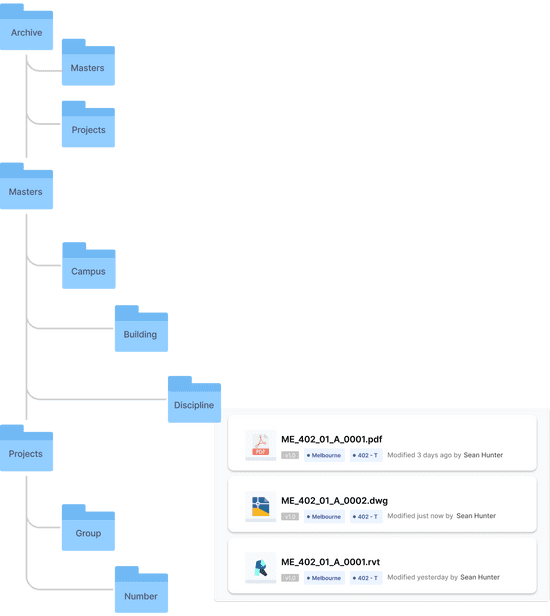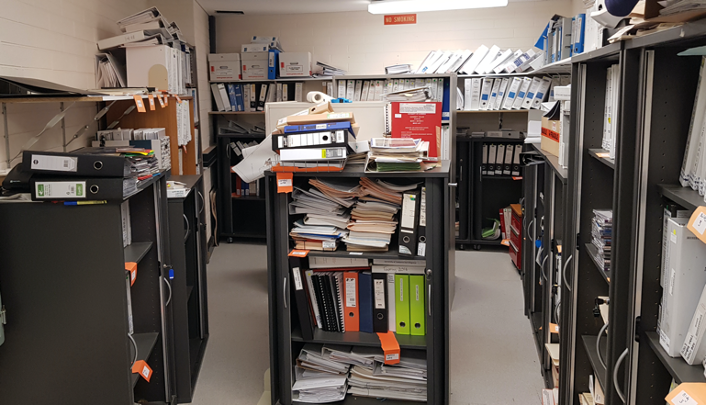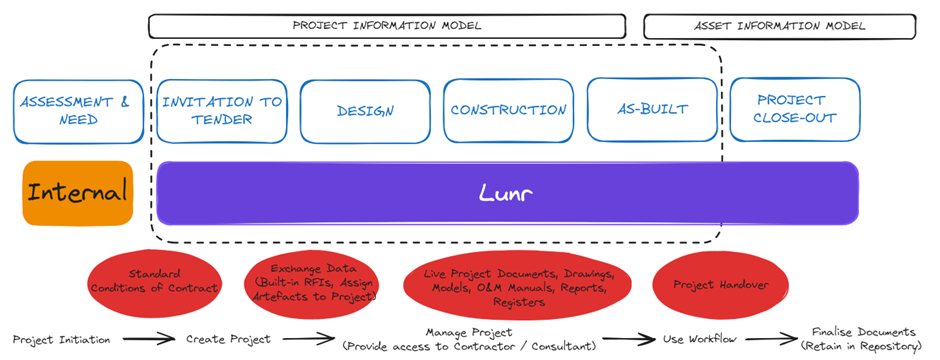Why Move CAD Drawings to the Cloud?

Whether it be Dropbox, SharePoint, box.net, or Google Drive, businesses have started to migrate files to the cloud in a big way, as opposed to the 2000 to 2010 era, where the majority of companies stored files in an on-premise Windows share or Network Attached Storage (NAS) device.
While the first approach was acceptable when most employees were based in a central office, it began to break down as more and more employees sought work from home or other flexible working arrangements. At first, people began to upload essential documents such as Word files, spreadsheets, or PDFs, and once the trend started, there was no stopping it.
However, this transition has left behind a significant challenge-managing engineering files. Formats like AutoCAD DWG, or 3D models authored in Revit or Inventor, often get lost in the shuffle. This has led to a divide in many organizations, where finding a contract or invoice is a breeze in SharePoint, but locating a crucial DWG file for a room upgrade is a daunting task.
Often, the answer is, "Well, you need to go down to the basement and ask Bob." Bob knows how to find every drawing in the system. He has them all nicely arranged on a Windows share (which only he has access to), or worse, they're on his local hard drive. Often, Bob even has a spreadsheet or Access database where the drawing numbers are meticulously tracked.
While general business documentation has found a home online, the Engineering Drawing Management System (EDMS) is still reliant on individuals like Bob. As competent as Bob may be, he's just one person. If Bob goes on leave or leaves the organization, the drawing management system goes with him. This highlights the critical need for a more robust and secure solution like a cloud-based drawing management system.
When implementing drawing management systems like Lunr and Meridian, we've found that people like Bob are the most significant asset. We sit down for a few days and work with Bob to document the drawing numbering and revision system, the file naming convention, approval workflows, and the drawing taxonomy. These are configured in the cloud-based drawing management system, and the drawing library is uploaded.


